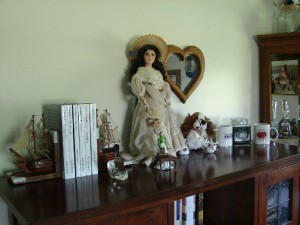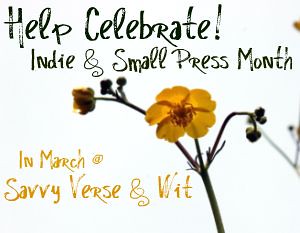
Anything you read most anywhere about the present state of publishing will dwell on the industry’s ongoing war, or transformation, or whatever you want to call it. They’ll talk of the trend toward self-publishing and the inevitable impact on the long-standing dominance of the New York super-publishers. They’ll talk of the eBook, and the way it’s changed the price of big press hardcovers from standard to outrageous.
In this narrative, the war has two combatants: the major publishers and the self-publishers.
Everyone forgets about the rest of us.
Bancroft Press represents the element you don’t hear about—the forgotten combatant, if you will. Between the big press and the no press is the small press, comprised of groups operating more or less in the mold of traditional publishing, but with a narrowed list of titles and authors. And what does that mean?
Well, if you’re only going to publish four, maybe six books a year, they’d better be books you believe in. This should be less a novelty than it is, but with the big publishers more and more focused on commercial appeal above all other considerations, and the self-published authors pretty much a total crapshoot in terms of quality, there aren’t many places left simply publishing good books they like.
Or maybe there are. Maybe you’re just not hearing about them.
It’s certainly not easy to be a small press. The major publishers monopolize the bookstore shelves—hell, Borders’ stock is under their control outright. Barnes and Noble won’t stock your book if they don’t like the cover. Most newspapers won’t read your book if they can instead read a HarperCollins book they know has the budget behind it to be a hit. Most don’t care about the diamond in the rough.
It’s a funny thing, actually. The major publishers have a huge budget and focus on only what their marketing departments believe they can sell. We have hardly any budget and no marketing department, and publish what we believe in regardless of perceived popularity.
If eBooks and the rise of self-publishing are evening things out a little, then all the better from our point of view. But that doesn’t necessarily make the invisible publishers visible—certainly not with the dichotomy most seem to believe exists. It’s a tough road, but the small presses wouldn’t be in the game at all if they didn’t believe their books deserved to make it.
So that’s small presses in general—but what’s Bancroft Press?
Our slogan is “Books That Enlighten.” If that seems very broad, it is. We publish a huge variety of books, the only determination being belief in the material. Bancroft began in 1995, founded by its publisher, Bruce Bortz. We’ve published Alex Award winners (Jonathon Scott Fuqua’s The Reappearance of Sam Webber), Edgar finalists (Libby Sternberg’s Uncovering Sadie’s Secrets), Pulitzer nominees (Gus Russo’s Live by the Sword), and also really great, even critically acclaimed books that didn’t sell the way they could have, and should have (Fuqua’s In the Wake of the Boatman, Ron Cooper’s Hume’s Fork, Elizabeth Leinkes’s The Sinful Life of Lucy Burns).
Right now, we’re focused on three particular projects.
Purple Jesus, which we published in mid-October, is the one you may have heard of. Ron Cooper’s second novel, a terrific Southern Gothic masterpiece, was called “a literary achievement of the first magnitude” by The Washington Post.
A small press literary novel with a major newspaper review, by the way, is an incredibly rare thing, and comes as a result mainly of persistent obnoxiousness.
You’re less likely to have heard of The Naperville White House: How One Man’s Fantasy Changed Government’s Reality, an offbeat and hugely inventive novel we published at the end of 2010. Jerome Bartels’s book, written as a nonfiction account, tells of a terrorist crisis resolved not by the real government, but by a fantasy government—think live-action role-playing meets fantasy football—comprised of a librarian secretary of state, a gas station owner director of national security, a customer service representative chief of staff, an obsessive gamer secretary of defense, and an insurance adjustor president.
There’s nothing quite like it. That makes it very, very hard to sell. We knew that going in—in fact, one New York publisher, which otherwise loved it, rejected it for explicitly that reason—but we believe in this book and published it anyway. We’re still pushing it and hoping it catches on.
Finally, there’s our upcoming foray into young adult adventure, The Atomic Weight of Secrets or The Arrival of the Mysterious Men in Black, the first book in Eden Unger Bowditch’s Young Inventors Guild trilogy. It’s the story of five genius children in 1903 who seek to break free from their bizarre, black-clad kidnappers to find their missing parents, using the mysterious creation they have all, unbeknownst to one another, been inventing.
We see it as the scientific answer to Harry Potter, and we have high hopes for its release on March 15.
So this is Bancroft Press: a small publisher putting its minimal but determined weight behind some truly amazing books. The narrative of the industry’s transformation would render us nonexistent, but we’re here, and publishing books every bit as good as the larger publishers—and sometimes quite a bit better.
It’s all about what we believe in. How could it be anything else?
Thanks, Harrison, for sharing your thoughts on the publishing wars and on Bancroft Press’ mission. You also catch Harrison at the Maryland Writers Conference on Saturday, April 2, 2011, at the University of Baltimore’s Thumel Business Center.

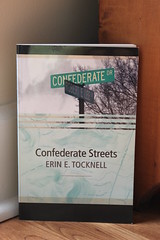
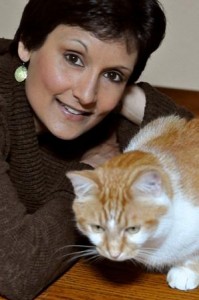
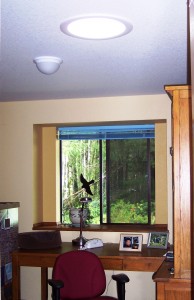
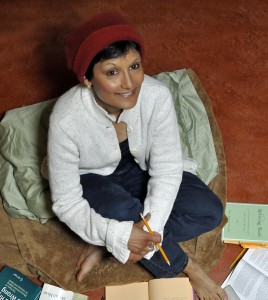
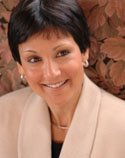
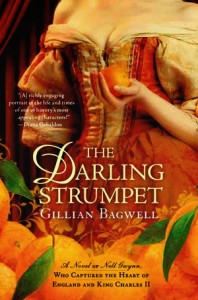





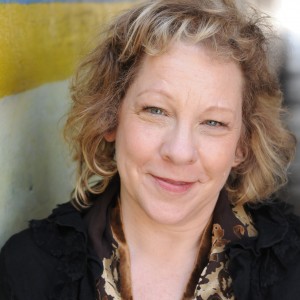




 nothing in front of me except for the mountains.
nothing in front of me except for the mountains. When I walk into my office, nowhere is there evidence of technology. (My laptop is either with me in my backpack or stored inside my desk.) It’s stunning to realize the difference that makes to me. I’m alone with only my thoughts; it’s my job to draw them out and make sense of them, and then put them together in a way that I alone can — all the while feeling like I’m getting away with something pretty grand.
When I walk into my office, nowhere is there evidence of technology. (My laptop is either with me in my backpack or stored inside my desk.) It’s stunning to realize the difference that makes to me. I’m alone with only my thoughts; it’s my job to draw them out and make sense of them, and then put them together in a way that I alone can — all the while feeling like I’m getting away with something pretty grand.









